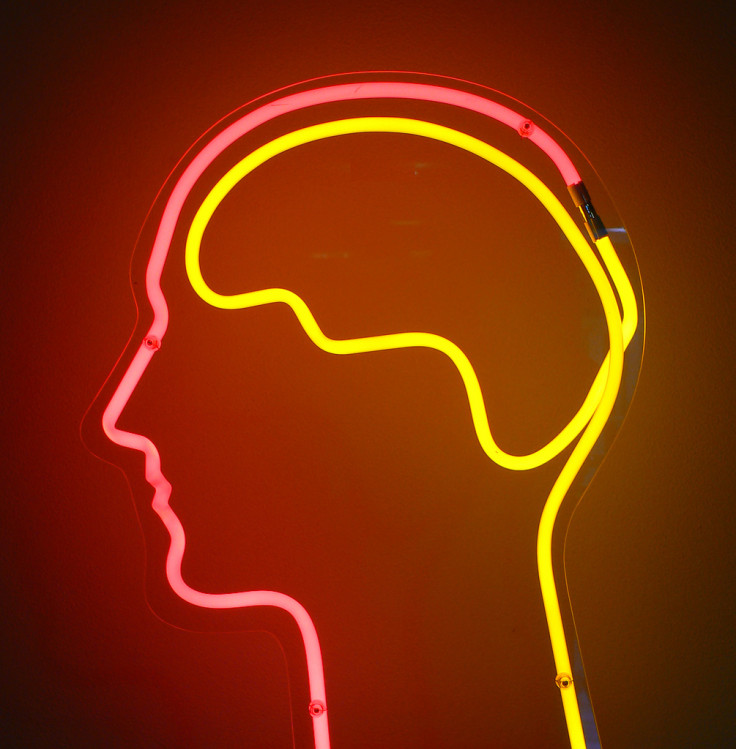Mind-reading machine lets lock-in syndrome patients communicate by thinking answers
The device has been tested in four patients in lock-in states, with first hints of success.

A new brain-computer interface has shown promising results in helping patients with lock-in syndrome to communicate. The system has allowed them to respond to questions by 'yes' or no', by thinking the answers.
Lock-in syndrome is a rare neurological disorder in which sufferers have intact cognitive and emotional processing and awareness of what goes on around them. However, they are unable to move or communicate verbally as they are completely paralysed – except for vertical eye movements and blinking.
In some extreme cases, these eye movements are also absent and people are said to suffer from "complete lock-in syndrome". Despite scientific and technological advances, communication remains impossible for these individuals to date.
Previously, scientists have tested whether brain–computer interfaces based on neuro-electrical technology (electroencephalograms) could help patients, but this approach has so far ended in failure.
In this research, published in PLOS Biology, researchers have investigated whether another brain-computer interface – combining neuro-electrocal technology with another non-invasive technology known as functional near infrared spectroscopy (fNIRS) – could help a small group of patient to communicate.
What is functional near infrared spectroscopy?
fNIRS is a type of functional neuroimaging technology that is non-invasive, safe and low-cost. It is used to monitor brain activity by measuring blood oxygenation with near infrared light. Because it is relatively new it remains to be used widely in research, but it has so far proved to be a useful and promising tool.
Yes or no questions
The team recruited four participants to complete the study. They were suffering from a condition known as amyotrophic lateral sclerosis, a progressive form of motor neuron disease that leads to complete destruction of the part of the nervous system responsible for movement.
Two of them were already in a complete locked-in state while the other two were entering this state.

The participants were invited to complete a number of sessions with the scientists, using the brain-computer interface. Three patients completed 46 sessions spread over several weeks, and the last one 20 sessions.
While the device measured blood oxygenation and brain activity, the researchers asked them questions to which the answers were already known and only required a yes or no answer.
The participants had to think the answer to the questions, and the researchers found out the patterns of brain activity they observed were able to accurately predict the answers in 70% of cases.
The study sample is quite small, so more investigations are needed, but it represents a promising step for patients and their families.
"The striking results overturn my own theory that people with completely locked-in syndrome are not capable of communication. We found that all four patients we tested were able to answer the personal questions we asked them, using their thoughts alone. If we can replicate this study in more patients, I believe we could restore useful communication in completely locked-in states for people with motor neuron diseases", said lead author Professor Niels Birbaumer, from the Wyss Center in Geneva.
© Copyright IBTimes 2024. All rights reserved.























